By Martha T.S. Laham, Contributor
Most people would be surprised to learn that gender segregation plays out at different levels of the film industry, where behind-the-scenes and onscreen inequality runs rampant.
If you know your Oscars trivia, you can probably answer this question: Who was the first female filmmaker to win the Academy Award for Best Directing and when? If you answered Kathryn Bigelow on March 7, 2010, you’d be right. To date, Bigelow is the very first — and only — woman in history to win the best director award at the Oscars for the war film The Hurt Locker (2008).
Most people would be surprised to learn that gender segregation plays out at different levels of the film industry, where behind-the-scenes and onscreen inequality runs rampant. Consider all movie speaking roles. Women filled just 28.7 percent of these roles in films theatrically released during 2014. Further, in a script analysis of 2,000 films by Polygraph, it was found that women were generally given less dialogue to say in such roles.
Let’s take a look at gender inequality in filmdom.
The “Celluloid Ceiling”
You may be familiar with the “glass ceiling” metaphor used to describe barriers to workplace advancement for women and minorities. In the film industry, glass barriers and pervasive stereotypes of women persist. This systematic underrepresentation of women in creative positions in Hollywood is called the “celluloid ceiling.”
There exists an “inclusion crisis,” from C-level officers to behind-the-scenes employees, says Stacy L. Smith, PhD, associate professor at USC Annenberg School for Communication and Journalism and director of the Media, Diversity, & Social Change Initiative. For instance, only 16 percent of all directors, writers, producers, executive producers, editors, and cinematographers working on the top 100 domestic grossing films of 2015 were women.
In a comprehensive report titled “The Status of Women in the U.S. Media 2014,” Martha M. Lauzen, executive director of the Center for the Study of Women in Television and Film at San Diego State University, is quoted as saying: “The film industry is in a state of gender inertia. There is no evidence to suggest that women’s employment has improved in key behind-the-scenes roles over the last 16 years.”
An Old Boys’ Club
Hollywood is largely a male-dominated industry, but not because there’s a shortage of talented, well-trained, highly educated women. In fact, the gender gap in college enrollment at top film schools is minuscule. For example, females represent 51 percent of graduate students at the NYU Tisch School of the Arts and 46 percent at the USC School of Cinematic Arts, cites an LA Weekly article.
Then what’s sidelining women after they graduate from film programs? An “old boys’ club,” as suggested in UCLA’s 2015 Hollywood Diversity Report: Flipping the Script. Among the findings: An overwhelming majority of film studio heads were white males, and the same was true for senior management. These networks typically wield influence and power to help others like them. People not like them must find a way to get around a barrier to advancement opportunities, but the barrier never goes away.
Art Imitating Life
Mirroring reality, female characters in film have hit the “concrete ceiling.” Women are seldom shown in leadership positions and lucrative careers. A global study that analyzed gender roles in popular films distributed between January 1, 2010, and May 1, 2013, found that females held only 13.9 percent of senior executive positions, while no females were depicted as partners in law firms.
Women in cinema are overrepresented in traditionally female-dominated occupations, such as teachers, pink-collar workers, and waitresses, and underrepresented in high-level occupations, such as doctors and engineers, according to an article in AAUW Outlook magazine titled “The High Cost of Hollywood’s Gender Bias.”
The gender divide also extends to film crews. In a sample of the 2,000 highest-grossing domestic films for each year between 1994 and 2013, women occupied a majority of traditional (female-dominated) positions, such as jobs in costuming (68.8 percent) and casting (66.5 percent) departments. In contrast, women represented about 17 percent of crew members in music, around 9 percent in special effects, and only 5 percent in camera/electrical, according to a report titled Gender Within Film Crews.
Unequal Pay for Equal Work
If you watched the 2015 Academy Awards, you may have caught actress Patricia Arquette, winner of the Best Supporting Actress Oscar for Boyhood, deliver her compelling acceptance speech, which, in part, called for pay equity. Arquette is joined by other celebrities, including Jennifer Lawrence, Jessica Chastain, Kerry Washington, Emma Watson, and Beyoncé, who have spoken out about the persistent gender pay gap, says a People article.
In the United States, women working full time, on average, made 79 cents for every dollar earned by men in 2015, representing a gender pay gap of 21 percent, according to the Institute for Women’s Policy Research. In Hollywood, that gap is far worse for women. Using Forbes salary statistics, Betsy Woodruff, writing in Slate, found: “The men on Forbes’ list of top-paid actors for that year [2013] made 2½ times as much money as the top-paid actresses. That means that Hollywood’s best-compensated actresses made just 40 cents for every dollar that the best-compensated men made.”
Grassroots Advocacy Sparks a Federal Investigation Into the Industry’s Hiring Practices
Thanks to the grassroots efforts of a league of celebrity women and female filmmakers and those of the American Civil Liberties Union (ACLU) of Southern California and the ACLU Women’s Rights Project, the Equal Employment Opportunity Commission (EEOC) launched a probe into gender discrimination in Hollywood. “If the EEOC determines that a pattern of discrimination exists, it could take legal action against the studios or talent agencies, or seek a solution through mediation,” says a Los Angeles Times article.
So can the industry’s problem of entrenched gender inequality be fixed? It can, according to Geena Davis, Oscar-winning actress, advocate, and founder and chair of the nonprofit Geena Davis Institute on Gender in Media. In a recent NBC News article, she said: “When the needle moves on onscreen representation for the first time in seven decades, that will be historic. It’s the one area of great gender disparity that can be fixed instantly. We can absolutely fix it overnight, the next TV show — the next movie can be gender balanced.”
Breaking the celluloid ceiling must start where the ceiling is — at upper echelons, where senior management sets the “tone at the top.” Studio executives should make gender balance a priority and drive it through all levels of their organization. If successful, mainstreaming gender equality could be one of Hollywood’s greatest stories ever told.



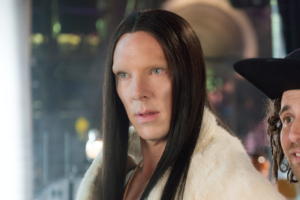









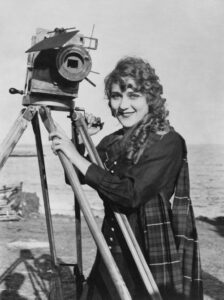
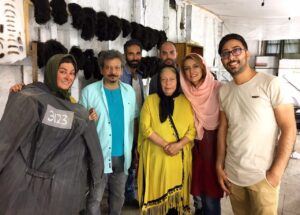
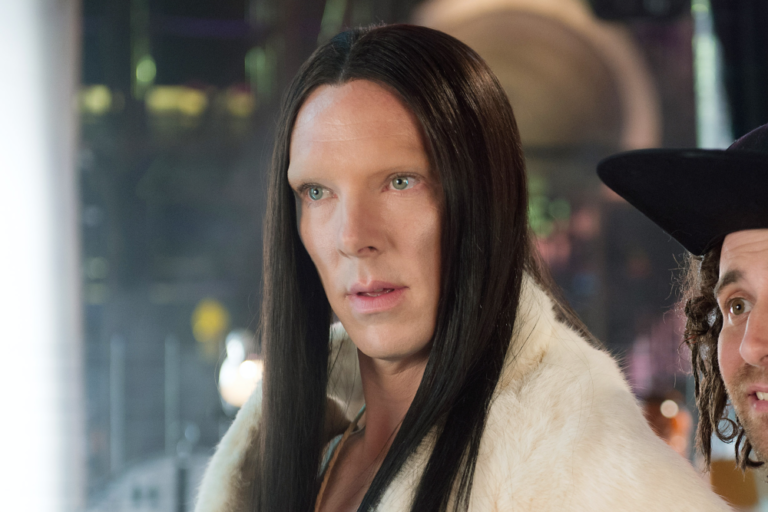

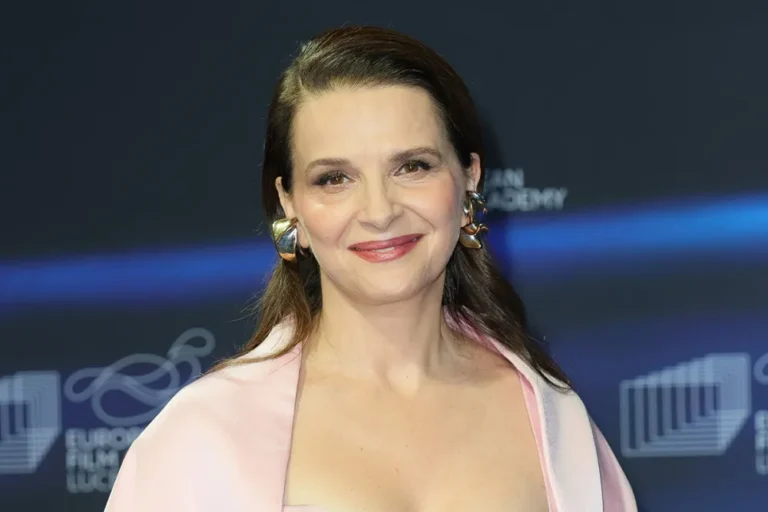
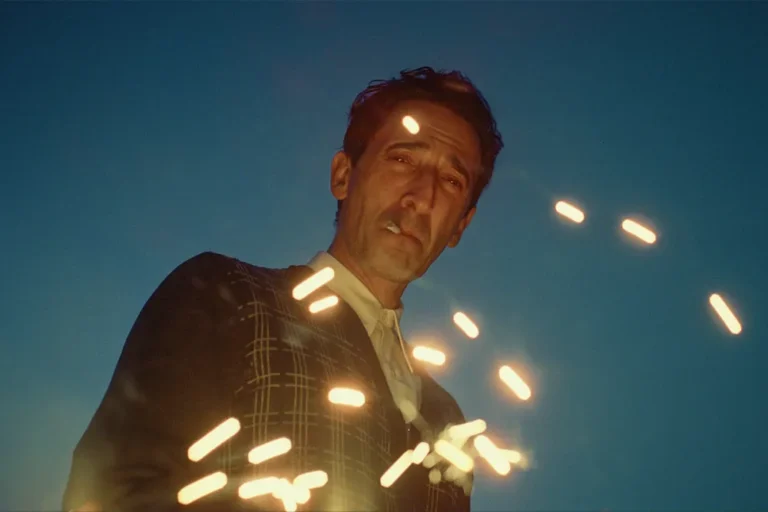

+ There are no comments
Add yours